I have never really been a “cat person.” Growing up, we always had dogs. Even now, Reed and I have three dogs. I have never really owned or enjoyed any feline. However, our safari time might have changed my mind. We weren’t exactly seeing house cats, but these larger felines had quite big personalities and surprising habits.
Let’s start with the obvious… the lion! Lion cubs are usually born in litters of 2 to 4. Surprisingly enough, cubs are born with spots (see below), but lose their spots as they mature. Born in litters, the cubs learn to wrestle with each other and eventually their parents. This wrestling gradually teaches them the skills they need for basic survival, killing prey, and leading their own pride. Male cubs are pushed out of the pride when they are mature enough to survive on their own, or are becoming a threat to the male dominance within their pride. Males can form group with other males, often brothers, to eventually build their own prides.
**Lion King trivia: “simba” actually means lion in Swahili**
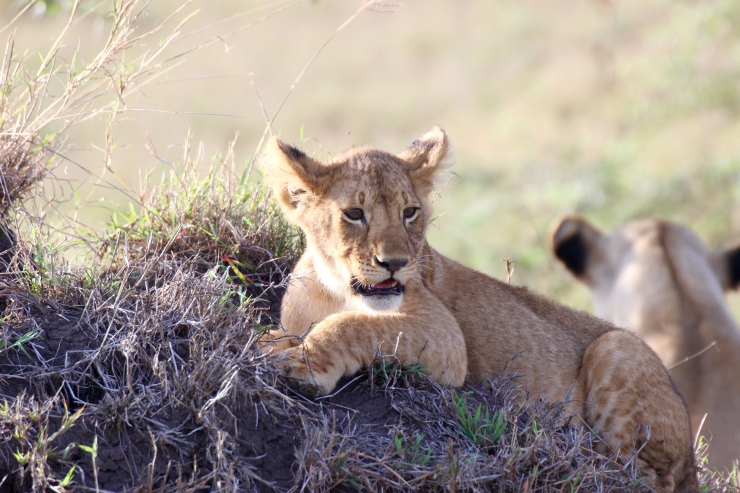
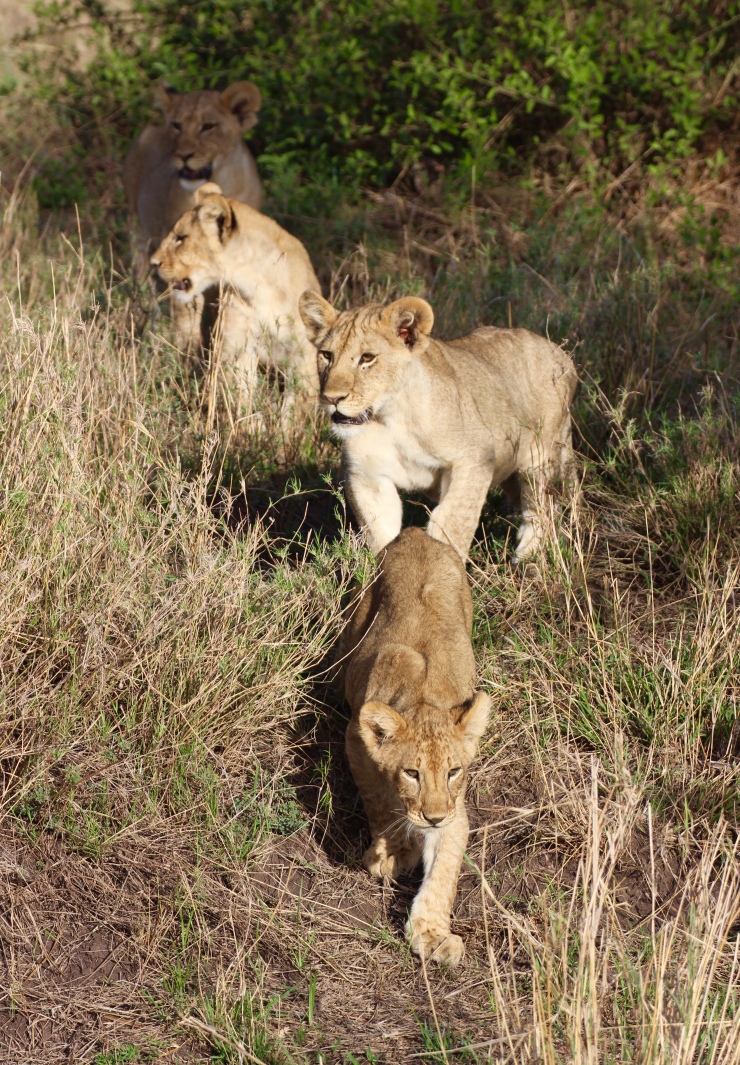
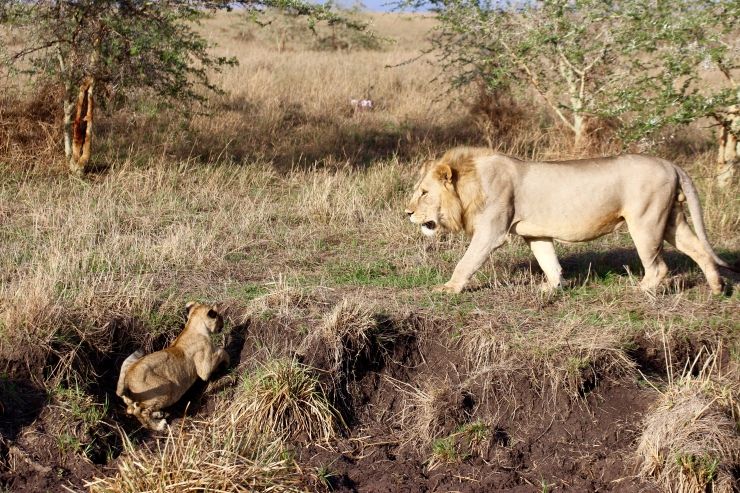
Although the male is the dominant in a pride, the females do a lot of the work. Besides the birthing, nursing and parenting of the cubs, they are responsible for most of the hunting. Occasionally males will hunt, but, more often than not, the lioness is responsible for feeding the pride.
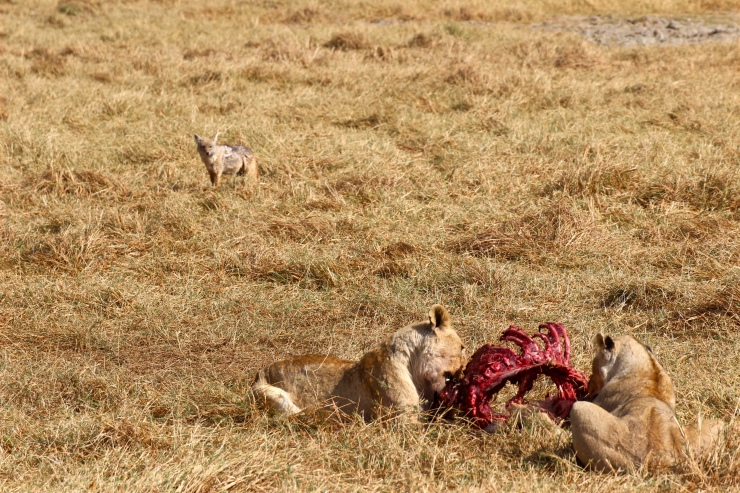
When not hunting or eating, lions are actually quite lazy! Although we found several eating, most of the time, we found prides relaxing and cooling off in the shade.
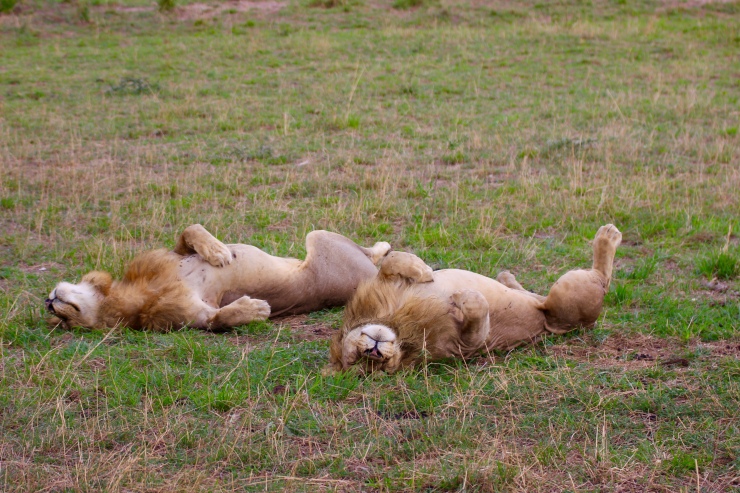

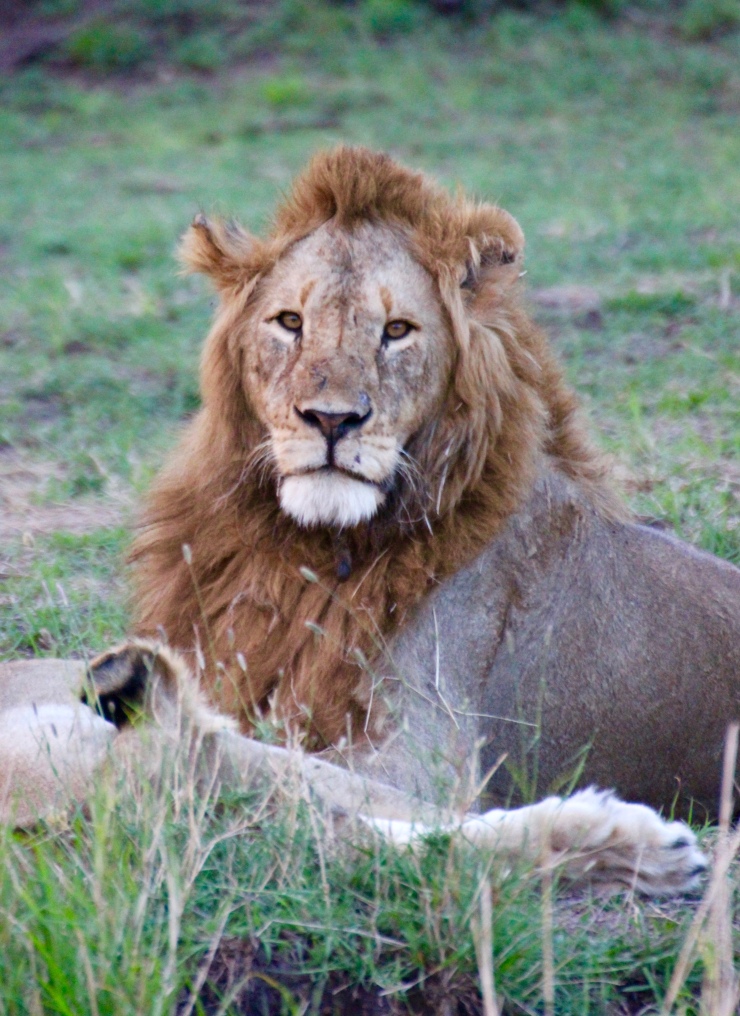
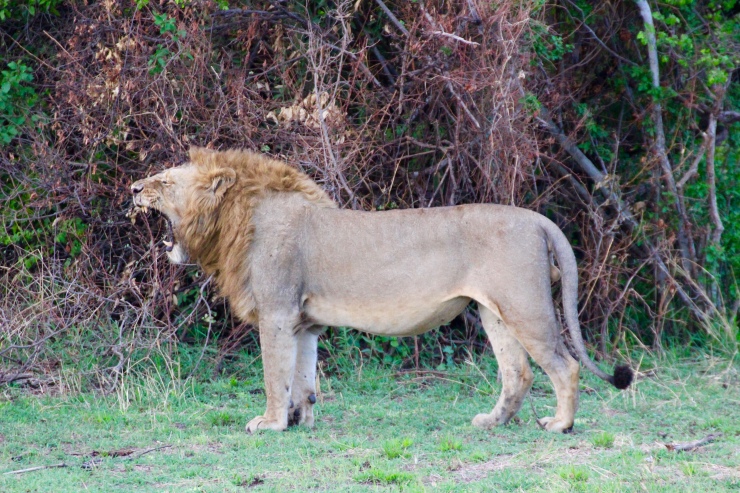
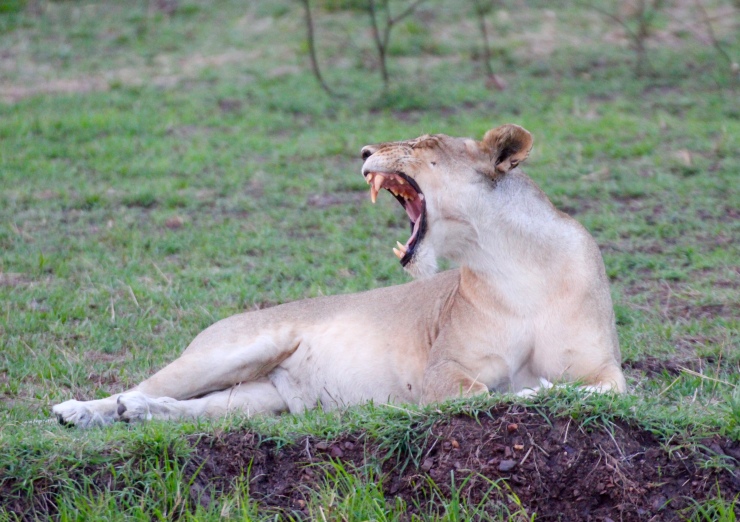
One of the smaller cats in East Africa is the serval cat. Relatively the same size as a bobcat, the serval cat is nocturnal. They track small rodents and birds to survive. We saw one from a great distance at dusk, but this one was out hunting midmorning. We watched it track something small through the tall grass, maybe a mouse or small rabbit, then finally pounce on its prey!
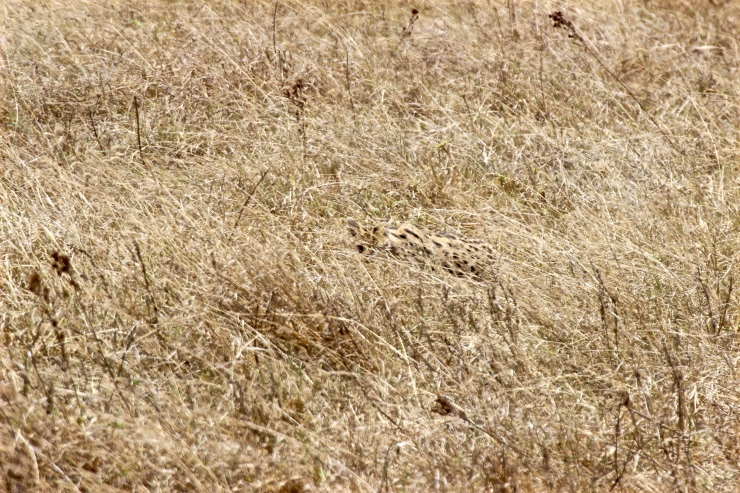
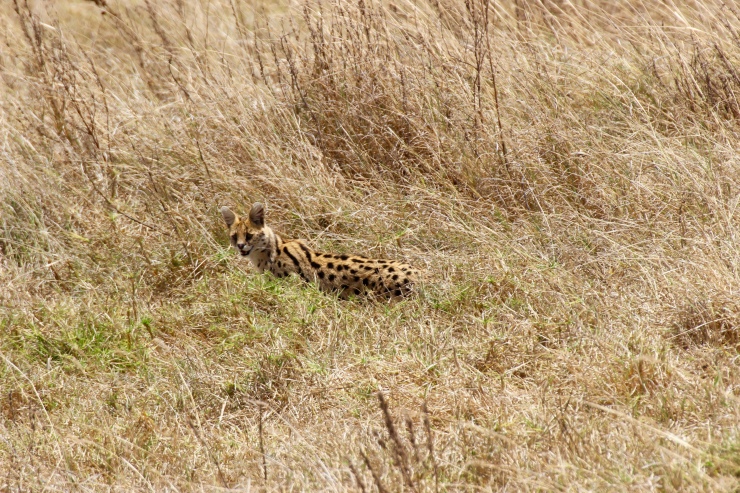
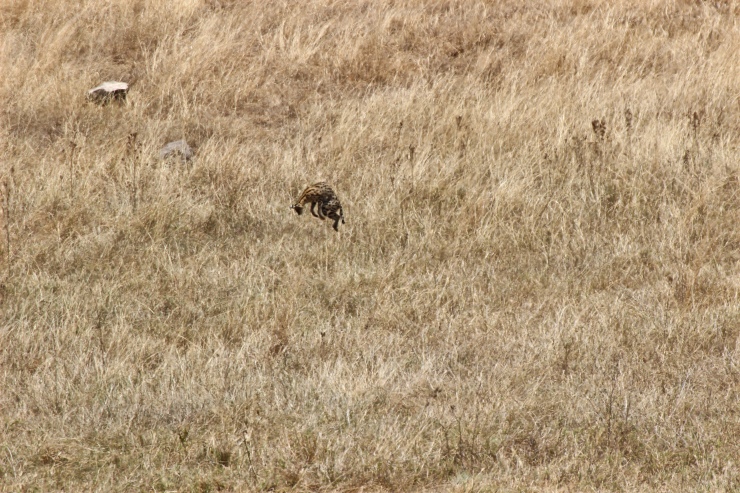
The other two big cats in East Africa are the cheetah and leopard. These cats often get mixed up or mistaken for the other, but once we learned their differences, they are very easily distinguished! First off, the leopard is much larger than the cheetah, but not as large as a lion. The cheetah has a very slender body, however the leopard is larger and appears thicker. Second, their spots are very different and help when identifying them. Cheetahs have a light tan coat with black spots. Leopards have a slightly darker coat and their spots are more like a black “U” around a brown spot.
Although both are incredible agile, fast and carnivorous, the cheetah is faster and spends more time on the ground. Leopards are quick, but spend a lot of their time in trees.
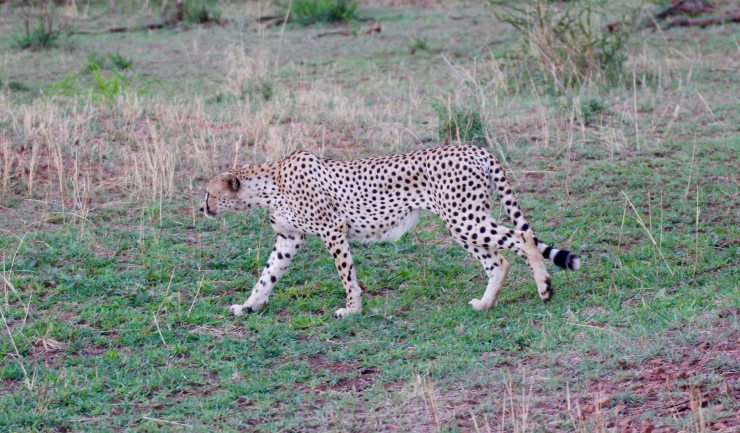
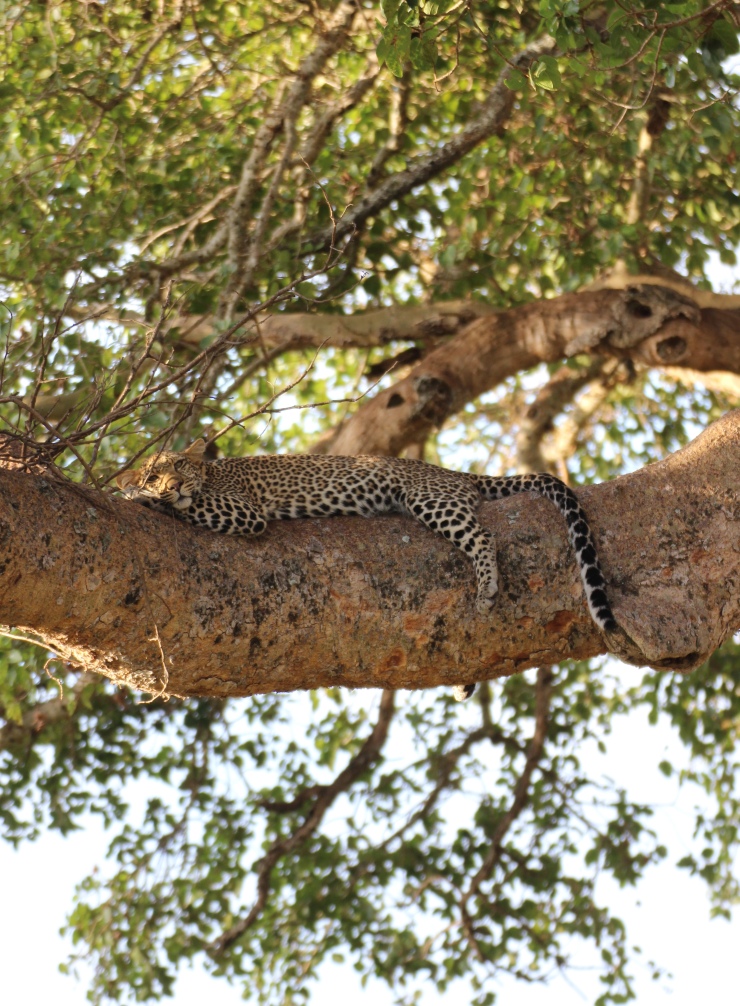

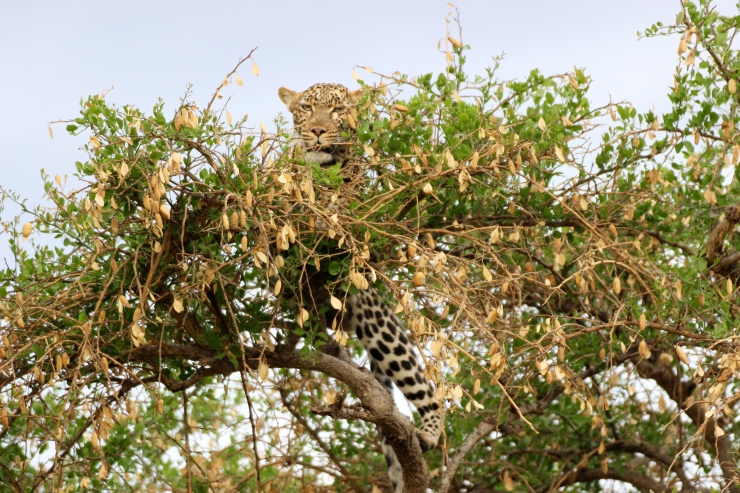
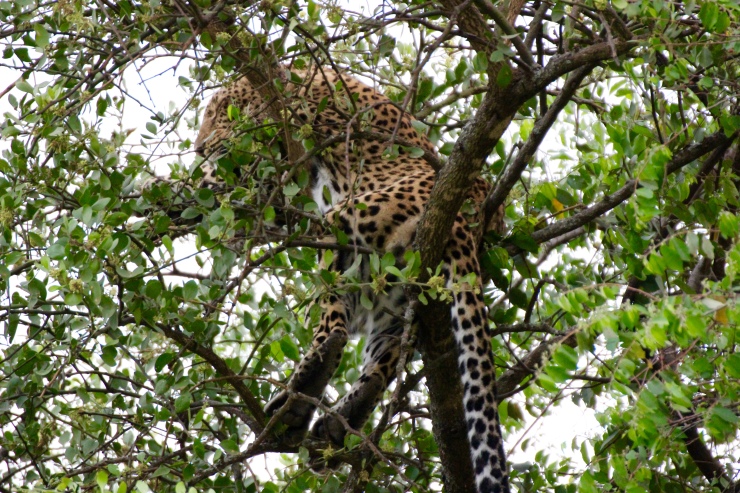



Kitty Kitty Kitty!!!
LikeLike
This brought our Narnia, Aslan, to life! Just finished the second book today. Wow!! Such amazing creatures!
LikeLike